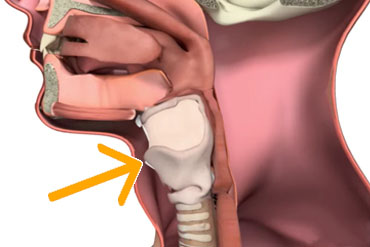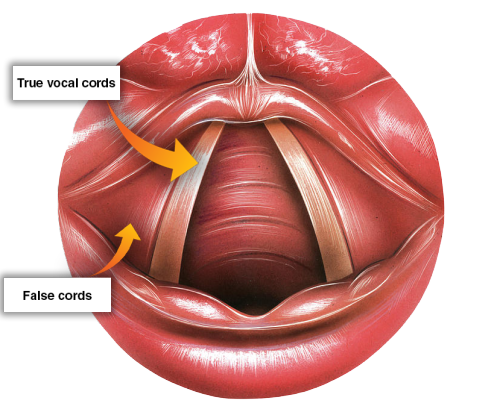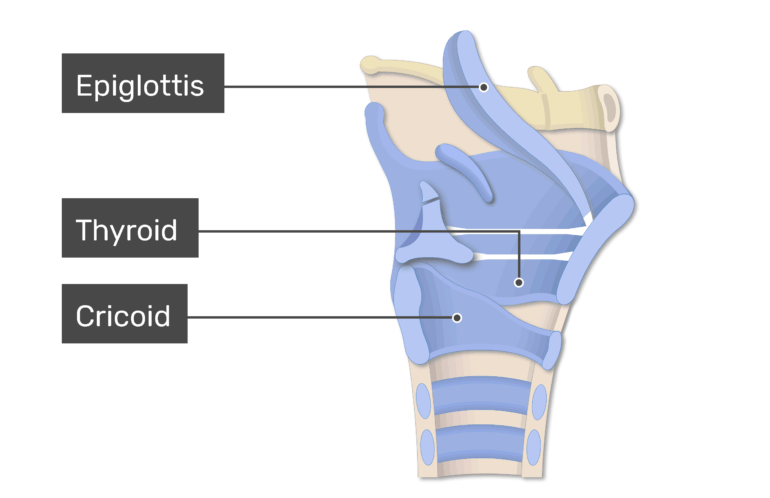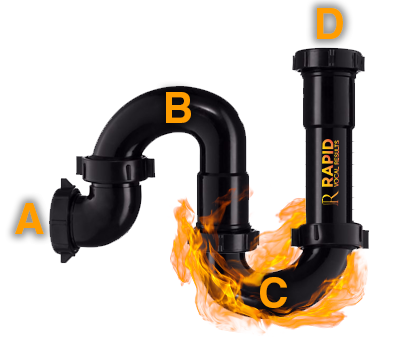Are you one of the many singers that has struggled to sing higher notes without squeezing on your vocal cords or applying excessive force to your voice? Yes, there is a better way to safely increase your vocal range without blowing out your vocal cords! Read on to find out more.
First, we need to understand where the mechanism for creating pitch and changing vocal registers is located within your body. The answer is of course that everything related to producing sound (phonating) is housed in your larynx.
The larynx is also more commonly referred to as the “Adam’s apple” or the “voice box”, which is more prominent on men. It is located near the top of our airway (windpipe) and is essential for our breathing, vocalizing (phonating), as well as ensuring food doesn’t get stuck in the trachea and cause choking. Positioned just in front of the esophagus, the vocal folds are located here, making this organ absolutely vital for phonation (making speech sounds). It visibly moves up and down when people swallow. Most women’s larynxes are smaller than men’s, which is why they don’t protrude as much (or at all).

🤓 Nerdy fact: Did you know that women’s vocal cords and their larynx are generally smaller than their male counterparts?
Inside the voice box are the “true” vocal cords, as well as the false cords and a whole host of micro muscle groups that produce coordinated efforts to thin down the vocal cords and create higher pitches and, conversely, shorten and thicken up the vocal cords to produce lower pitches. This is what your vocal cords look like up close!

The larynx is made up of the thyroid cartilage, which sits on top, and the cricoid cartilage, which sits on the bottom. When we are singing predominantly in “chest” voice, from our lowest chest voice note until we start to feel the beginning of a strained sensation as we sing higher, we are predominantly relying on the cricoid cartilage, tendons and ligaments to anchor our chest voice so that it doesn’t prematurely jump registers (also known as a “vocal break”).

When our chest voice starts to feel heavier and we are beginning to experience resistance in the voice, the voice becomes reluctant to be able to carry that bigger chest voice higher in our range. We want to learn how to create the right kind of space and freedom in our larynx so that the cricoid cartilage is able to begin to tilt forward and this is our natural vocal anatomy design to thin down and lengthen out the cords so that we can not only sing higher, but also change the registry in our voice (remove the uncomfortable weight from our voice) and achieve the equivalent of a lighter, stronger mixed voice. This coordination that we are now entering is referred to in classical singing as “the passaggio”.
The passaggio is a narrow passageway where we reduce the girth or width of our chest voice to allow the thyroid cartilage to tilt and thin down the vocal cords, creating a lighter register which is able to combine chest voice and head voice together and this sounds like one long, connected register in the voice (in an upcoming post, we’ll talk about this exciting register, called middle voice).
Stay tuned for part 2, where I explain how to get your voice in and out of passaggio!

